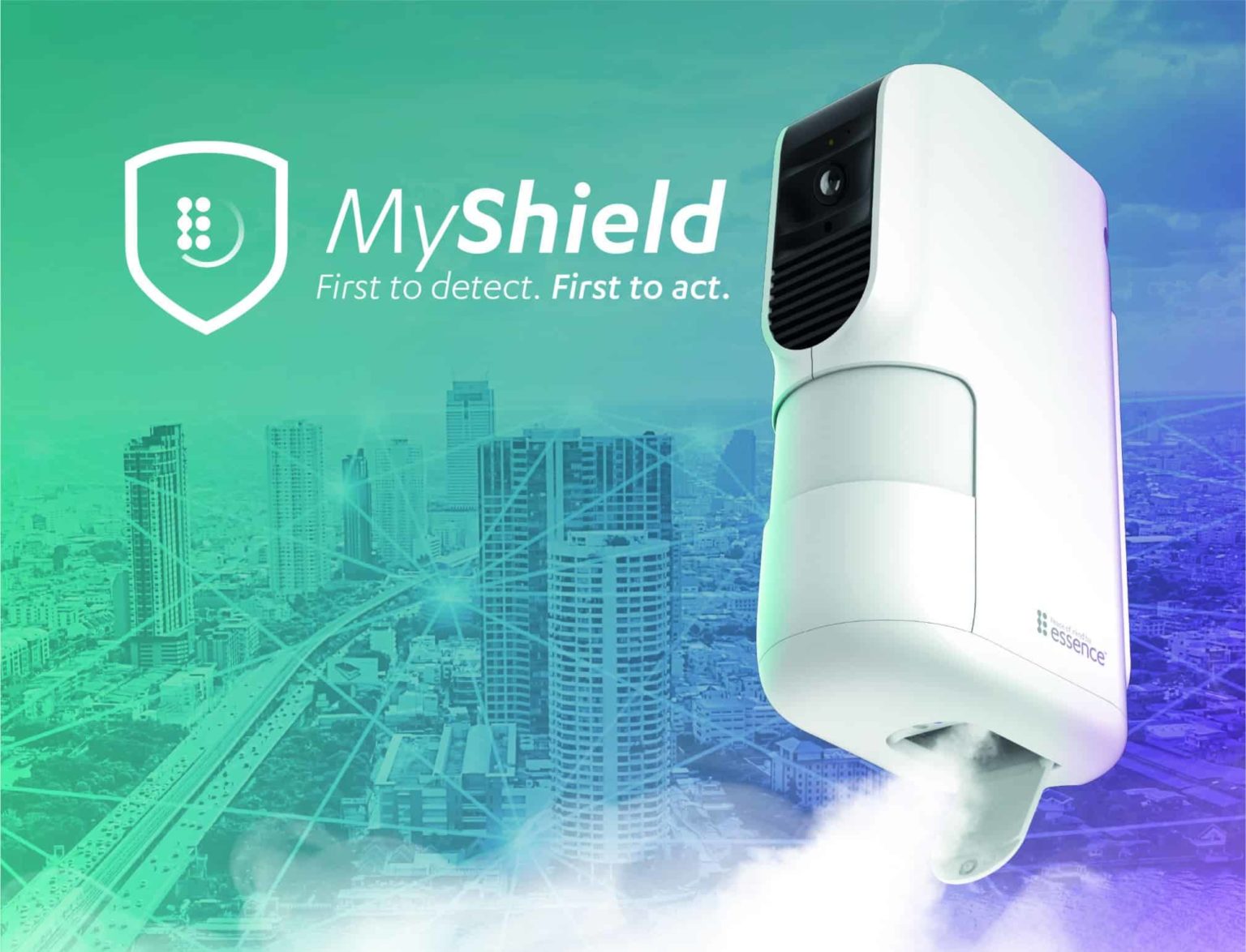ISJ Exclusive: Prevention through intervention


James Thorpe
Share this content
Hagai Enoch, COO, Essence Group describes how technology is closing the threat response gap to make cities safer.
Essence Group is a global technology leader with a mission to develop and deploy innovative, cloud-based, end-to-end security and healthcare solutions, underpinned by supporting services that provide peace of mind to users.
Historically, small business and residential security has been based on the concept of deterrence through detection. Typically, a security system will notify the necessary authorities when an intruder enters a business or home, with the deterrent being a siren or alarm that alerts the surrounding area and discourages the intruder from continuing their nefarious activity – with the expectation of the imminent arrival of police or security patrols serving as a further deterrent.
Additional security challenges have also emerged in recent years, most notably in relation to our online identities and increased reliance on digital devices. We now live in an ever more connected world and the nature of attacks has evolved, becoming much more sophisticated. Attackers can now target victims for virtual assaults, via security systems and other network devices and even disable security systems remotely prior to entering a property.
Given the rate at which attackers’ methods are evolving, the security industry needs to act fast and provide proactive solutions that address these issues more effectively.
Establishing a more ‘precise’ line of defence
Traditional security systems tend to incur high false alarm rates, with as many as 98% of all notifications being false-positives triggered by other events or factors, leading to needless callouts by police or security patrols.
This has resulted in many local authorities now requiring verification before responding to an alarm, lengthening the response time in case of real attacks, while others may even fine owners or providers for false alarms.
Accurate verification takes time and a number of providers have now begun building systems that enable verification through video, audio or other means that can be confirmed by the user remotely. Whilst these new solutions add value, the majority of security systems on the market still only offer reactive responses to invasions or intrusions.
Of course, deterring an intruder is the most effective line of defence, but it can also be financially prohibitive for small business owners or the average household. Some providers have tried to find ways around this, offering deterrence through detection methods, but these often have only limited effect.
Homeowners and businesses are now demanding more proactive security solutions that address these new challenges. Providers must therefore establish systems that can identify, verify and actively intervene before an intrusion takes place or, at the very least, buy time for the authorities to respond. More comprehensive solutions are required.
Establishing a new security method
In response to these challenges, a number of intervention-focused technologies are gradually entering the market, but the development of such solutions has been slow.
For example, it was not until recently that cameras with integrated speakers were deployed to both detect trespassers and warn them that they are being recorded and will be apprehended unless they leave the premises.
More advanced security approaches may include methods that target an intruder’s senses, disorientating them enough to disrupt the break-in or discourage them from entering the building altogether. In addition, radar technology could be deployed to create a form of virtual fencing, thwarting intruders from ever entering the property without the need for costly metal or concrete boundaries.
Such a system could be combined with floodlighting and an alarm that overwhelms the home-invader. Naturally, these systems will come at a higher price and, with the current market trend towards commoditisation of systems, this will present a major challenge.
Other examples of proactive security solutions are smoke or fog generating systems. While still relatively new, the smoke or fog alarm has been deployed across many parts of the world to protect homes, warehouses and retail establishments for over 15 years. Such solutions often integrate with existing security panels or systems and can be triggered by alarm systems, key fobs or managed through a mobile app.
An evolving threat landscape requires constant innovation
Security systems must evolve to address both current and future risks. While implementation challenges remain, the industry needs to establish and define real solutions that can be employed to protect residences and small businesses.
This is increasingly important as our world becomes ever more connected and the smart city infrastructure begins to take form.
New capabilities are needed to protect not just people and property at home, but also in their places of business and in public spaces. Methods exist to detect and deter intruders such as sirens and cameras, however, as new threats continue to emerge, modern society requires fresh intervention technologies.
To introduce a more resilient and accessible solution that is available to a wider market, Essence Security, part of Essence Group, has developed the MyShield smoke-generating intruder prevention system, designed to close the critical time gap between an intrusion and the arrival of emergency response.
Being battery powered and LTE Cat-M-enabled ensures that cellular connectivity is maintained, even in the event of power outage. Easy to install and user friendly, the solution can function as either a standalone device or integrate with an existing security system.
It can be self-monitored by the property owner via a mobile app or connected to a professional monitoring service. With this award-winning all-in-one security solution, a home or business owner can enjoy the peace of mind of near-zero response security intervention.
In addition to private residences and small businesses, MyShield provides an optimal solution to protect spaces that require particularly high levels of security, such as those in municipal buildings and other public facilities, with the ability to deploy multiple devices to cover larger areas. Highly sensitive locations such as control rooms and network centres – or even lobbies and reception areas outside of office hours – would all benefit from the additional layer of protection afforded by the solution.
Essence Security has launched this comprehensive security system building on EU product success of actively intervening in threats to homes and businesses and deterring intruders.
With integrated PIR (passive infrared) motion detector, two-way voice capabilities and a high-definition camera for detection and verification, it allows for a proactive approach to prevent or limit damage after an intruder enters the home or business. Once verified, a non-toxic smoke fills the room within 30 seconds, forcing the intruder out of the premises and thereby preventing the risk of additional harm to people or property.
Once deployed, the harmless smoke disorientates intruders and limits their visibility. The appearance of thick fog almost always prompts the intruder to flee and creates confusion that slows their illegal activity until the authorities arrive. Thus, MyShield can either deter or prevent serious incidents from occurring.
While some new technologies such as drones and other smart systems are still on the drawing board, MyShield is available today and offers a proven low cost and effective security solution that can directly intervene and deter intruders before significant loss occurs to people or property.
For further information on the Essence MyShield solution, please visit: www.essence-grp.com
This article was originally published in the August edition of International Security Journal. To read your FREE digital copy, click here.


